Horse Farms For Sale In Wisconsin – A well-maintained, quality leather jacket may last a lifetime, whereas a low-cost alternative might only hold up for a couple of seasons. Take, for example, a high-quality piece of furniture — a well-crafted sofa or dining table can last for decades if maintained properly. In times of financial hardship, such as during recessions or periods of high unemployment, more people may turn to second-hand goods as a way to save money. The growing appeal of second-hand goods is also tied to a growing awareness of environmental issues. The resale of pre-owned clothing has become a booming industry in recent years, with second-hand stores and online marketplaces thriving as more consumers opt for affordable, sustainable alternatives to fast fashion. They can assist in determining the right price for the business, marketing it to potential buyers, and managing the negotiation process. On the other hand, traditional industries such as brick-and-mortar retail or manufacturing may face challenges, with many businesses in these sectors looking to sell or transition due to changing market conditions. Once a suitable business has been identified, the buyer usually begins the due diligence process, which involves reviewing all relevant documents, financial records, and contracts. From the most trivial items in a dollar store to the most precious works of art in a museum, everything can be assigned a price. For many, purchasing second-hand goods is not just about saving money, but about embracing sustainability, supporting a circular economy, and contributing to a more environmentally conscious world. It doesn’t fall apart after a few uses, nor does it need to be replaced after a season. When people choose quality goods, they are choosing longevity over convenience, enduring craftsmanship over temporary trends, and often, a timeless aesthetic over what is in vogue today. For people looking to furnish their homes, build a wardrobe, or invest in certain hobbies or collections, second-hand goods often provide a way to access items they might otherwise be unable to afford. Vintage clothing, in particular, has gained a significant following, with people seeking out unique, one-of-a-kind pieces that cannot be found in mainstream stores. The same logic applies to tools, kitchen appliances, furniture, and even technology. For sellers, the challenge lies in pricing items fairly and accurately representing their condition. In some cases, a business may look profitable but may be hiding significant underlying issues, such as declining sales, ineffective marketing strategies, or employee dissatisfaction. People are increasingly looking for quality over quantity, preferring items that are durable, timeless, and well-made. With the rising costs of new products, especially in categories like electronics, clothing, and furniture, purchasing second-hand items can offer significant savings. In a circular economy, items are kept in use for as long as possible, reducing the need for new resources and minimizing environmental harm.
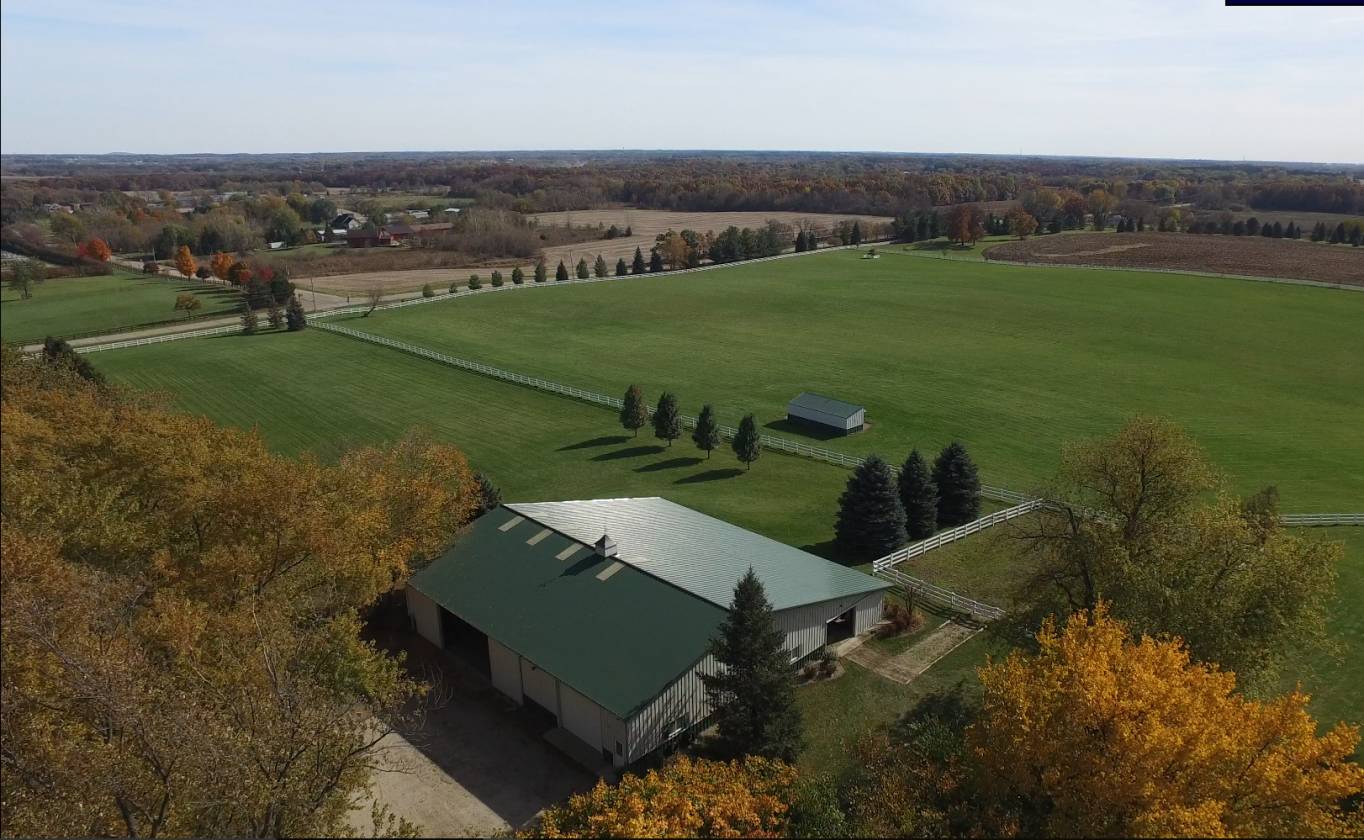
Horse Farms For Sale in Lake Geneva Walworth County, Walworth County
Homes on acreagehorse propertiesequestrian estateshorse farms Find land auctionsmake an inquirychat support availablesince 2004 Affordability calculatorneighborhood info3d toursfind open houses

Horse Farms For Sale in Wisconsin, Horse Properties For Sale in WI
Affordability calculatorneighborhood info3d toursfind open houses Homes on acreagehorse propertiesequestrian estateshorse farms Find land auctionsmake an inquirychat support availablesince 2004

Equestrian Estate For Sale in La Crosse County, Wisconsin, World Class
Find land auctionsmake an inquirychat support availablesince 2004 Homes on acreagehorse propertiesequestrian estateshorse farms Affordability calculatorneighborhood info3d toursfind open houses

Horse Farms For Sale in Lake Geneva Walworth County, Walworth County
Find land auctionsmake an inquirychat support availablesince 2004 Affordability calculatorneighborhood info3d toursfind open houses Homes on acreagehorse propertiesequestrian estateshorse farms
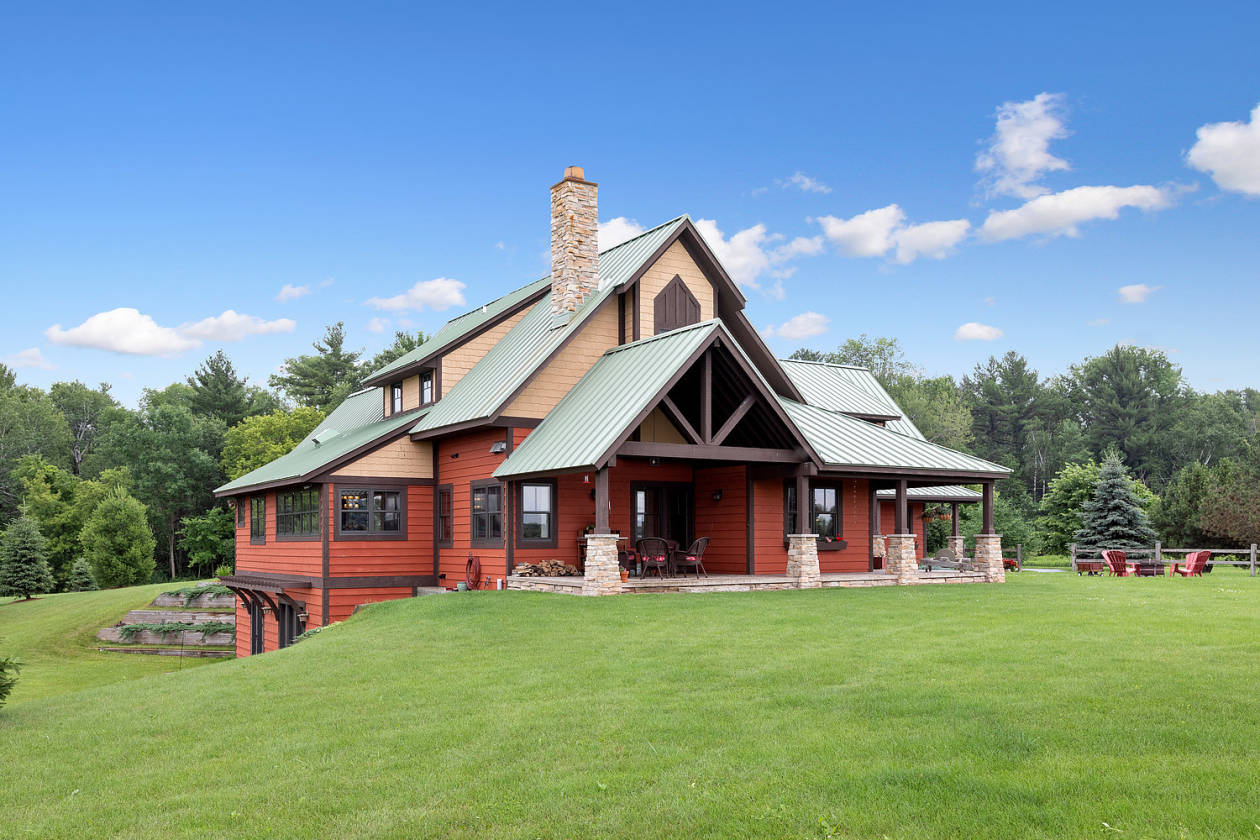
Horse Farms For Sale in Valders Manitowoc County, Manitowoc County
Affordability calculatorneighborhood info3d toursfind open houses Find land auctionsmake an inquirychat support availablesince 2004 Homes on acreagehorse propertiesequestrian estateshorse farms
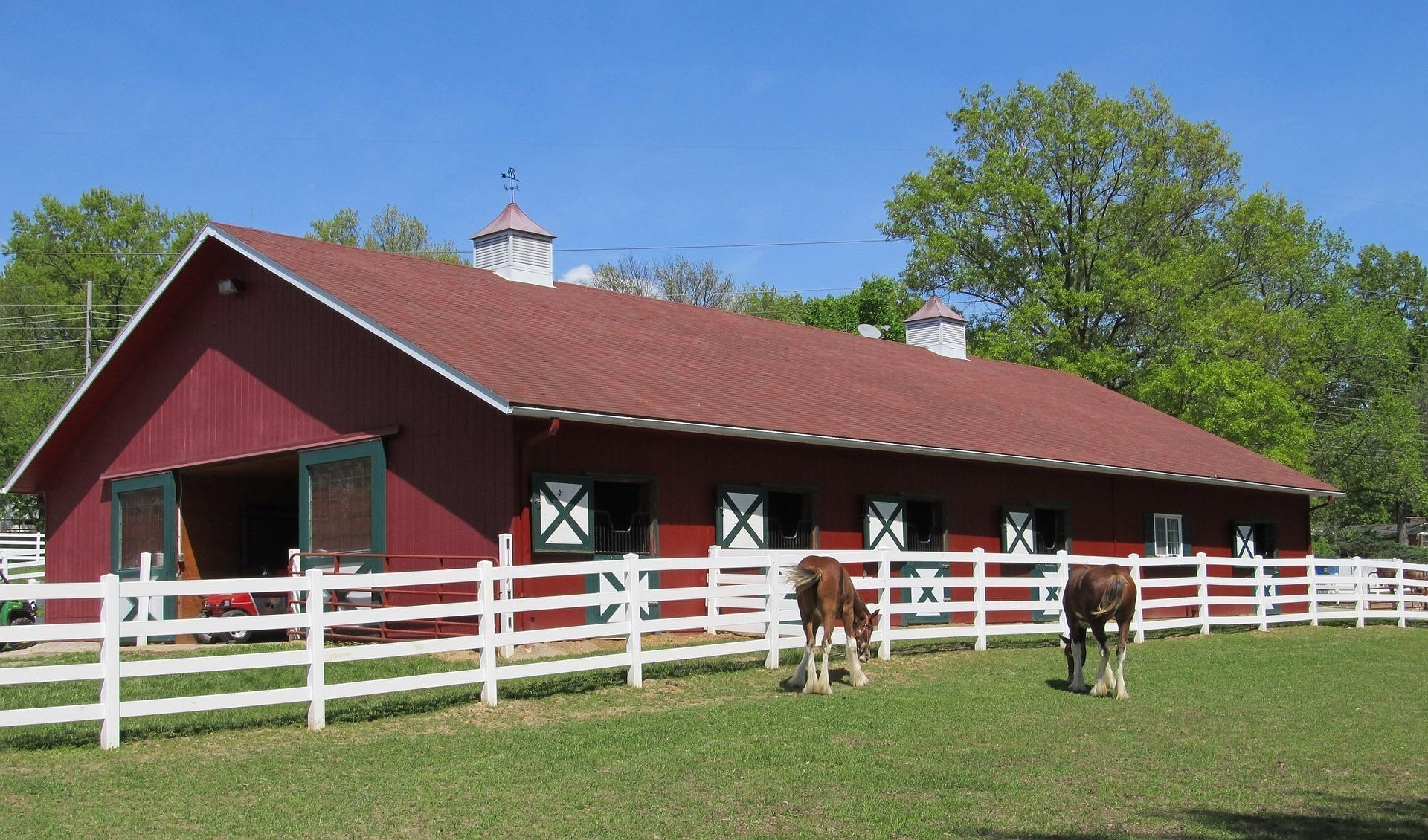
Wisconsin Horse Properties for Sale Horses Homes & Land
Find land auctionsmake an inquirychat support availablesince 2004 Affordability calculatorneighborhood info3d toursfind open houses Homes on acreagehorse propertiesequestrian estateshorse farms
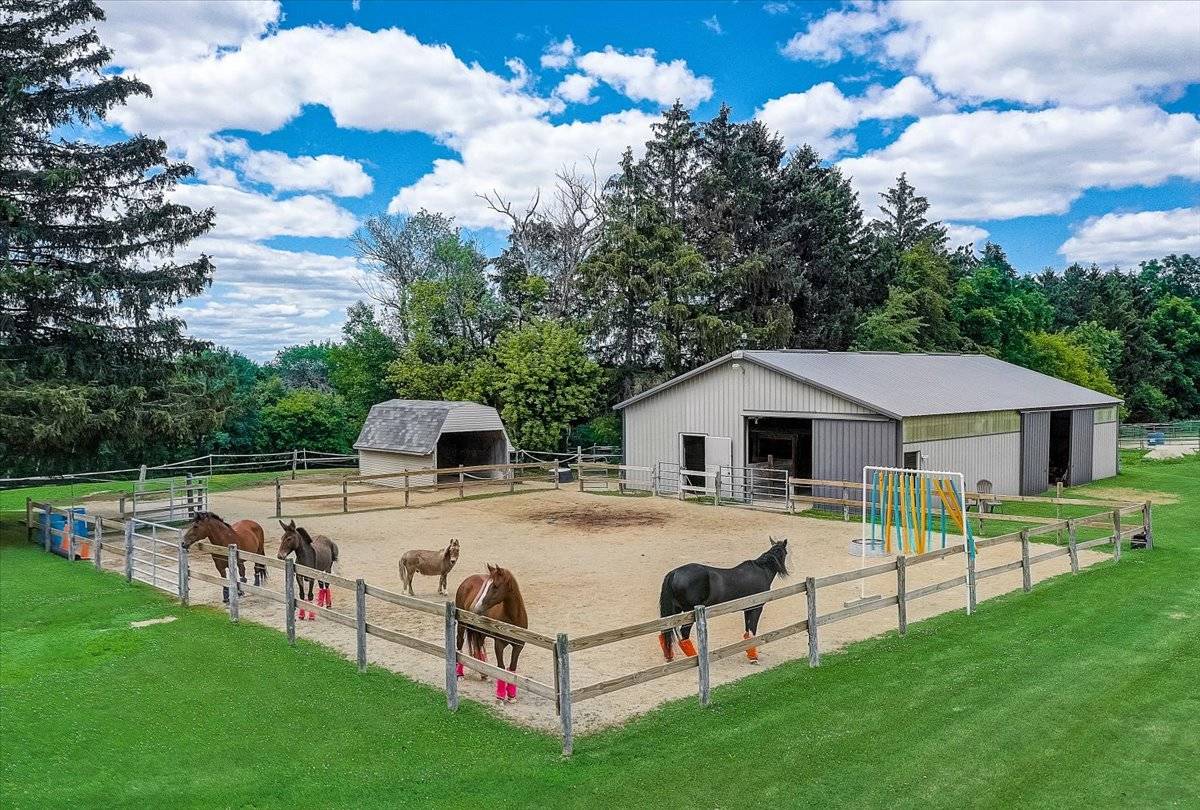
Horse Farms For Sale in Columbia County Wisconsin
Homes on acreagehorse propertiesequestrian estateshorse farms Affordability calculatorneighborhood info3d toursfind open houses Find land auctionsmake an inquirychat support availablesince 2004
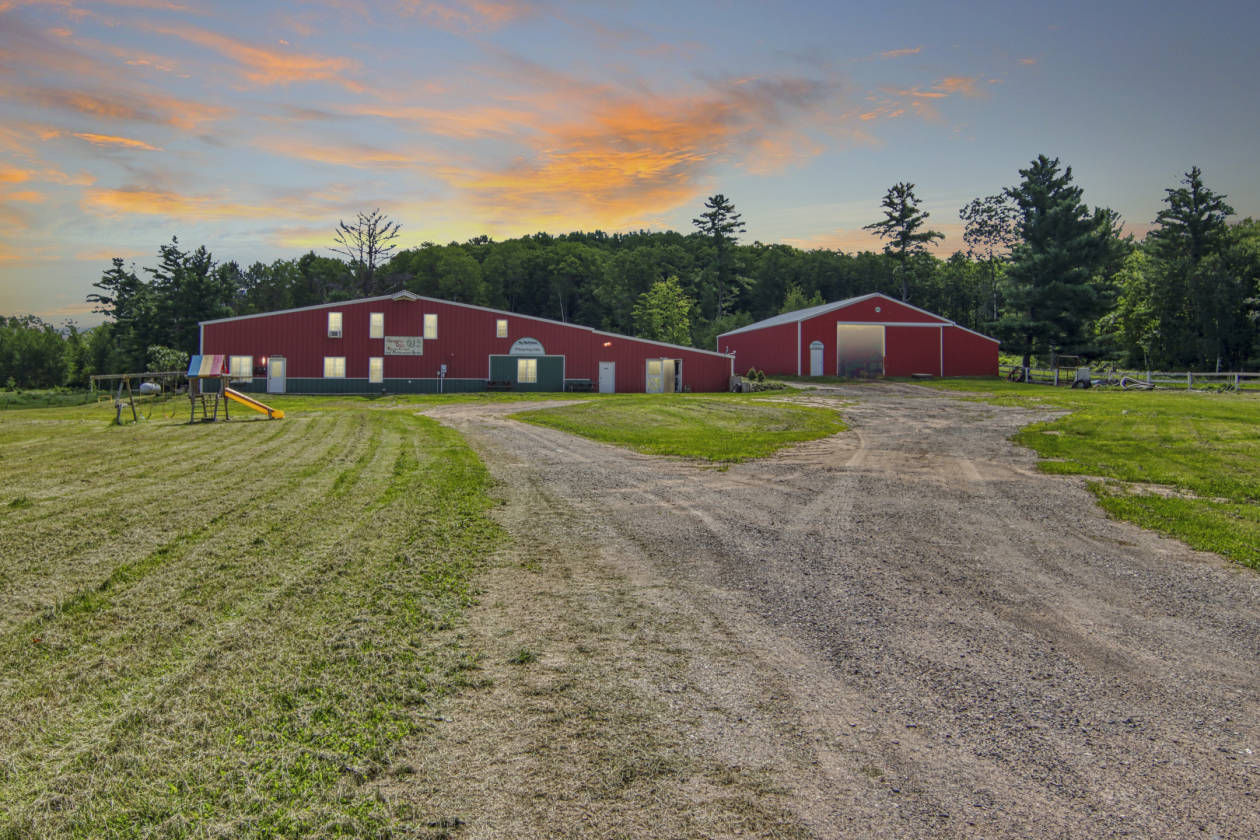
Horse Farms For Sale in Hayward Sawyer County, Sawyer County Wisconsin
Affordability calculatorneighborhood info3d toursfind open houses Find land auctionsmake an inquirychat support availablesince 2004 Homes on acreagehorse propertiesequestrian estateshorse farms
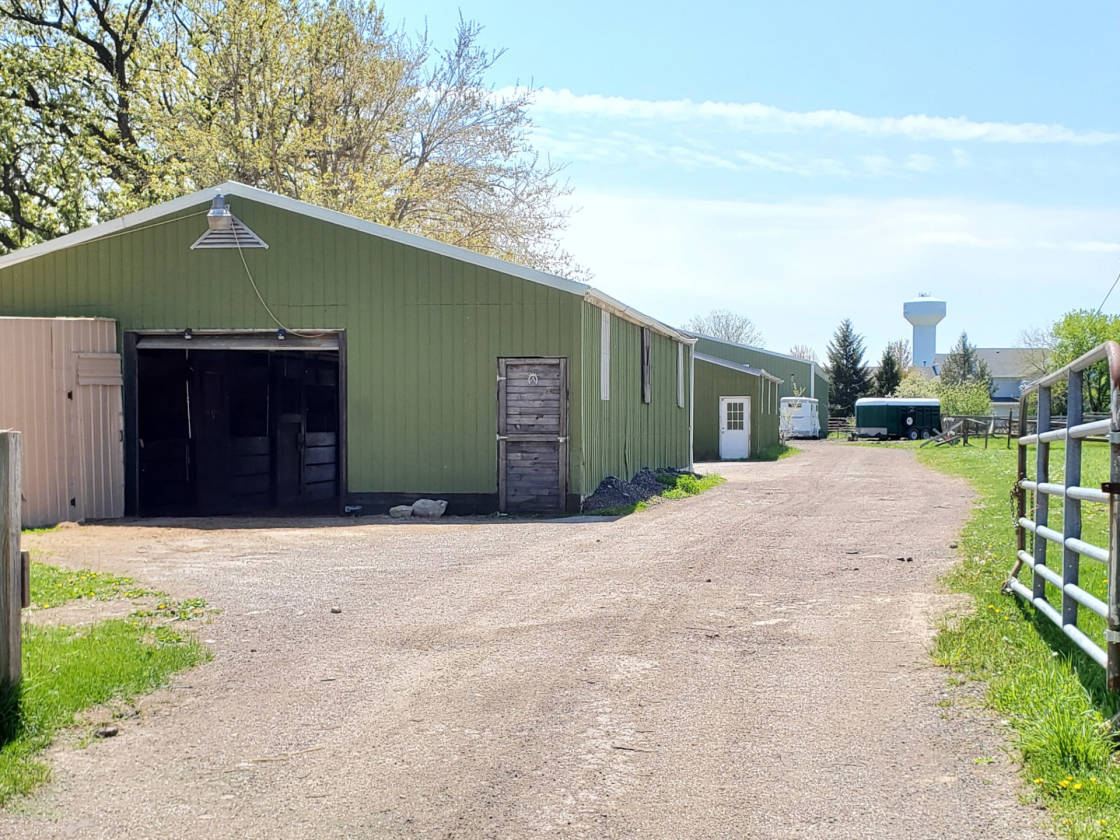
Horse Farms For Sale in Burlington Kenosha County, Kenosha County Wisconsin
Find land auctionsmake an inquirychat support availablesince 2004 Affordability calculatorneighborhood info3d toursfind open houses Homes on acreagehorse propertiesequestrian estateshorse farms
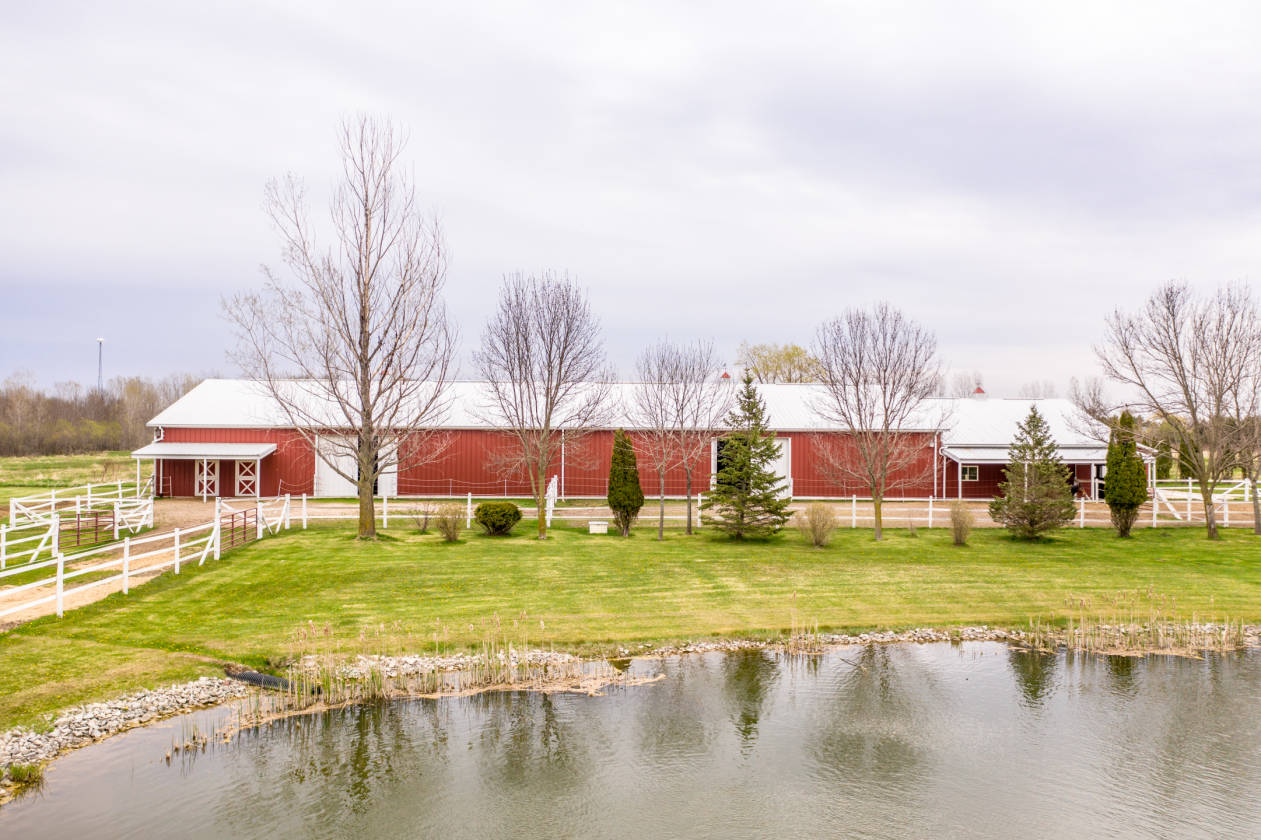
Horse farm on 20+/ acres Seymour, Outagamie County, Wisconsin
Find land auctionsmake an inquirychat support availablesince 2004 Affordability calculatorneighborhood info3d toursfind open houses Homes on acreagehorse propertiesequestrian estateshorse farms
Art, music, literature — these expressions of human creativity and emotion are not always bound by the rules of commerce. When an item is marked as “for sale,” it enters a space where value is defined not only by the object itself but by the context in which it’s placed. Thrifted clothing, vintage furniture, and pre-owned electronics are often seen as more authentic and unique than brand-new, mass-produced items. These acts of generosity remind us that there are still things in life that cannot be bought, cannot be sold, and cannot be quantified. When people choose quality goods, they are choosing longevity over convenience, enduring craftsmanship over temporary trends, and often, a timeless aesthetic over what is in vogue today. For the buyer, acquiring such a piece may carry with it the honor of preserving a legacy, or the satisfaction of adding a unique, timeless item to their own collection. To mitigate this risk, buyers should ask for detailed photos, read product descriptions carefully, and inquire about the condition of the item before making a purchase. On the other hand, traditional industries such as brick-and-mortar retail or manufacturing may face challenges, with many businesses in these sectors looking to sell or transition due to changing market conditions. One of the major environmental concerns with new products is the waste that they often generate at the end of their life cycle. Take, for example, a high-quality piece of furniture — a well-crafted sofa or dining table can last for decades if maintained properly. We live in a society where people constantly trade their time for money, their expertise for compensation, their dreams for tangible rewards. The rise of online platforms has transformed the way second-hand goods are bought and sold. The rise of minimalist living, which emphasizes owning fewer, more meaningful possessions, has played a role in this shift. In a circular economy, items are kept in use for as long as possible, reducing the need for new resources and minimizing environmental harm. They are investments, not just purchases, and their value is often felt long after the original transaction has ended. A well-made product simply performs better. A high-quality winter coat, for example, will keep you warm and dry through years of cold weather, offering comfort and protection that a cheaper, mass-produced coat cannot match. The concept of a circular economy, where products are reused and repurposed instead of discarded, is central to the appeal of second-hand goods. People are rediscovering the value of items that have been made by hand, with care and skill, as opposed to the impersonal, assembly-line products that dominate the marketplace. But is this a reflection of reality? Or is it an illusion we’ve created, an idea we’ve accepted in order to make sense of a world that increasingly revolves around consumption and profit?
At the core of this idea lies the assumption that everything, no matter how unique or rare, can be exchanged.
They are investments, not just purchases, and their value is often felt long after the original transaction has ended. This pride comes not just from the product itself, but from knowing that you are supporting a tradition of craftsmanship and care. People are not just looking for things that work well; they want products that elevate their environment and their experiences. In a sense, the very nature of human existence can feel like a transaction. Both buyers and sellers should approach transactions with honesty and transparency to ensure a smooth exchange. This typically involves drafting and signing a sale agreement, which outlines the terms and conditions of the transaction. While many artists and creators are forced to sell their work in order to make a living, there is still a sense of purity in the act of creation. Similarly, gently used clothing from high-end brands can be found for a fraction of their original retail price. For many, purchasing second-hand goods is not just about saving money, but about embracing sustainability, supporting a circular economy, and contributing to a more environmentally conscious world. Additionally, trends in sustainability and eco-conscious living have contributed to the growth of the second-hand market, as consumers become more aware of the environmental impact of their purchasing decisions. A blacksmith might craft a sword, a tailor might stitch a suit, and a potter might mold a vase. Second-hand goods for sale have become an integral part of today’s economy, a trend that transcends geographic, economic, and cultural boundaries. Second-hand items are typically sold for a fraction of their original price, making them an attractive option for individuals on a budget. Quality goods stand in stark contrast to this cycle. For some, selling a business is a proactive decision to move on to new ventures, while for others, the sale might be the result of external factors, such as market downturns, changing consumer preferences, or regulatory shifts. It involves an in-depth understanding of the business’s financials, operations, and market position. Whether it's old furniture that no longer fits with their style, clothing that no longer fits, or electronics they no longer use, selling second-hand items allows individuals to recoup some of the money they spent on these goods. The satisfaction of purchasing quality is often deeply intertwined with the knowledge that your money is going toward something that truly deserves it. Websites like eBay, Craigslist, Facebook Marketplace, and Poshmark have made it easier than ever for individuals to sell their unwanted items and for buyers to find exactly what they are looking for. But even as we wrestle with the implications of living in a world where everything is for sale, we also see that this reality is not entirely negative.